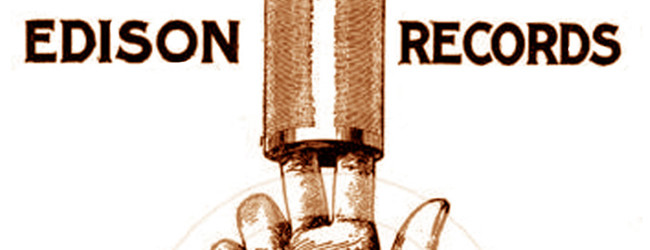 “I find out what the world needs. Then I go ahead and try to invent it.” These were the words of Thomas Edison — and he did give the world what it needed. Some of Thomas Edison’s most popular and distinguished inventions included the Motion Picture, and what he is most known for, the Light Bulb. The Phonographic Cylinder, or otherwise known as the Edison Cylinder, another well-known creation that looked similar to the Motion Picture, was a popular choice in the musical medium, created by Edison before the age of the disc, where a song was essentially recorded and engraved on the outside surface of the wax.
“I find out what the world needs. Then I go ahead and try to invent it.” These were the words of Thomas Edison — and he did give the world what it needed. Some of Thomas Edison’s most popular and distinguished inventions included the Motion Picture, and what he is most known for, the Light Bulb. The Phonographic Cylinder, or otherwise known as the Edison Cylinder, another well-known creation that looked similar to the Motion Picture, was a popular choice in the musical medium, created by Edison before the age of the disc, where a song was essentially recorded and engraved on the outside surface of the wax.
“The Edison cylinder phonograph was the original record player,” said Benjamin Canaday, part owner of Canaphonic Records with his wife. Located in Oceanside, California, Canaphonic is dedicated to bringing back this invention for people who love music and love to collect. “It was in use by thousands of families across the United States before the invention of the aero plane.”
He explains that the wax cylinder had lost the format battle to disc recording, and by 1910 only Edison himself was still producing cylinder recordings. However, all other companies had eventually abandoned the cylinder in favor of disc recording. It would be a little while before Edison stopped cylinder production in 1929, thus ending cylinder recording.
Now with the Edison Cylinder’s brought back by Canaphonic Records, it wasn’t very long until collectors began contacting Benjamin and his wife, asking for copies of specific cylinder recordings that were not available, or simply too expensive for the average collector to own, and over the last few years it had developed into a full business.
“We now produce cylinder recordings for collectors worldwide. We sell on EBay, as well as advertise in the largest antique phonograph magazine in the U.S. We recently produced 12 copies of very rare 1896 field recordings for the national museum of Korea. The original cylinders are held in the Library of Congress. We have also produced cylinder copies for the National Archive of Australia, the London Science Museum, and the Korean Museum.”
“I became involved in making cylinder recordings some years ago, at first simply for my own use,” he said. “I developed a new recoding technique that allowed me to transfer MP3 audio files to a blank cylinder.”
He eventually began making copies of original cylinders for museums and archives, and then began offering cylinder copies to collectors worldwide.
Explaining that many of the early cylinders no longer exist outside of archives and, being a fragile format, Canaday says that the early wax cylinders were simply becoming too old and rare to play.
“Early jazz and blues recordings are difficult to find. I recently produced a cylinder copy of the earliest known recording of Glenn Miller and Benny Goodman. Goodman was 22 and Miller was 17 when they recorded a jam session on a cylinder phonograph.”
“By searching the online archives, I have been able to find audio files of these original cylinders and transfer the audio back to a new cylinder, thus allowing virtually anyone to own virtually anything ever released as a cylinder recording.”


